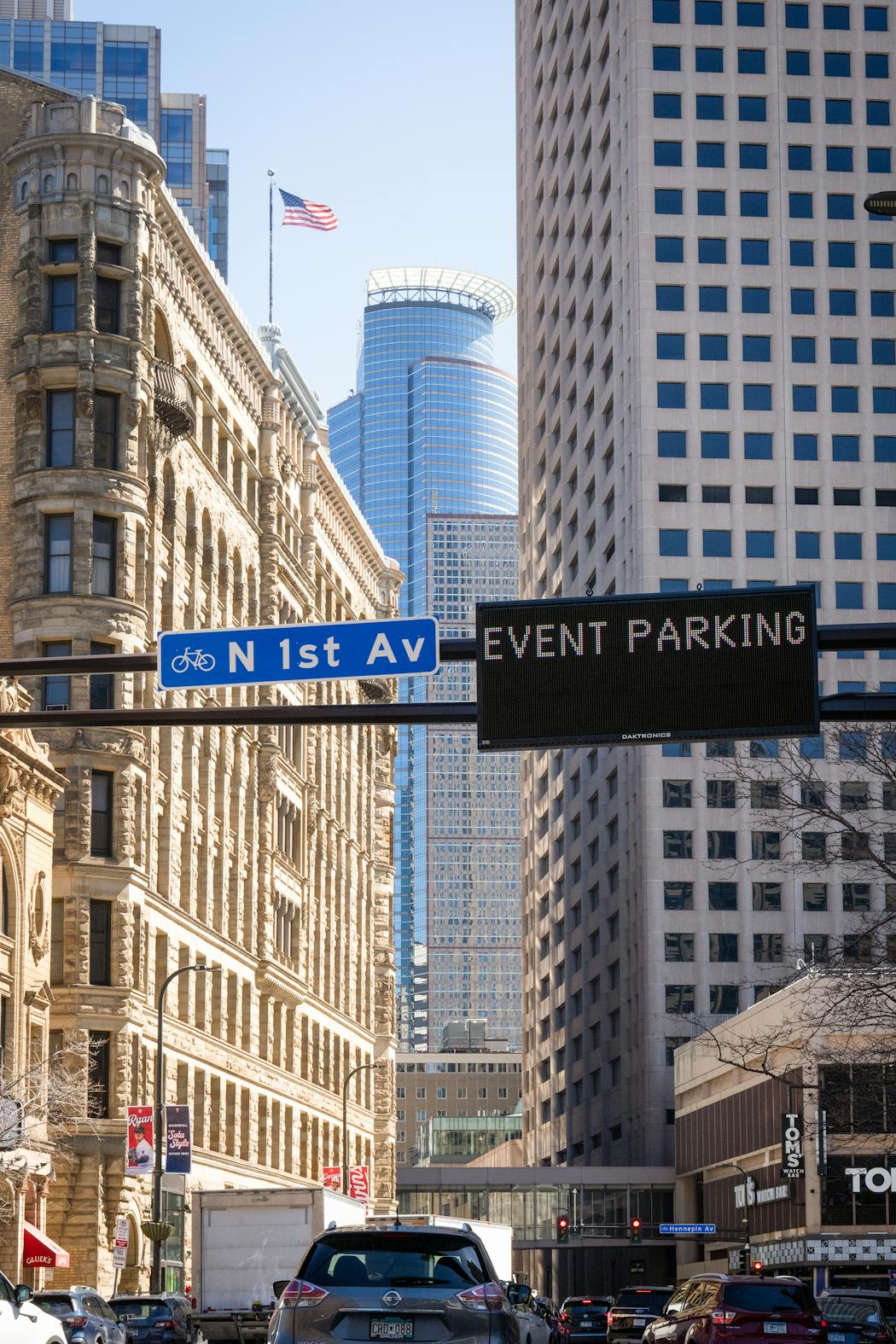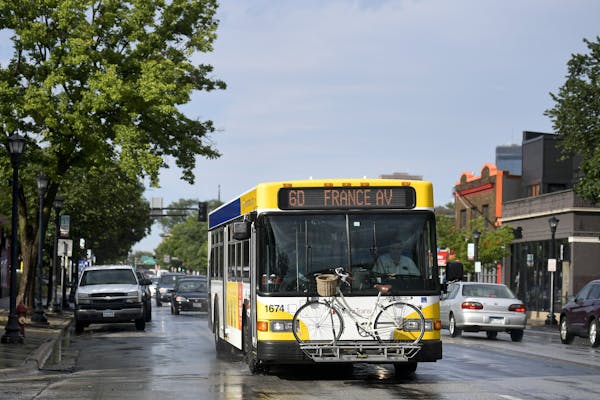Minneapolis has kicked off a $30 million renovation project designed to transform a half-mile stretch of 1st Avenue N. into a pedestrian priority corridor from Washington Avenue and N. 8th Street.
The goal is to enhance safety, comfort and accessibility for downtown residents and visitors, while creating a state-of-the-art entertainment and nightlife destination, city officials said.
The project envisions wider and accessible sidewalks, enhanced lighting, green spaces with trees and plantings, as well as green stormwater infrastructure. Other features include new curbs and gutters, utilities, traffic signals and new pavement markings and signage.
"Last time 1st Avenue N. was reconstructed was in 1994, so it is kind of reaching the end of its design and useful life," said Jasna Hadžić-Stanek,a city transportation planner. "So everything is going to get upgraded — from the underground utilities all the way to the above ground."
Revitalizing the popular corridor is part of a citywide effort to breathe life into urban neighborhoods, with a focus on creating safe and walkable environments that prioritize accessibility and community vibrancy. In recent years, Minneapolis has undertaken similar high-profile corridor reconstructions, such as the Nicollet Mall and Hennepin Avenue redevelopments.
The city labels the cramped corridor in the iconic Warehouse Historic District as a high-injury street. Officials said the outdated design is inadequate to safely and efficiently handle the large crowds attending sporting events, live music events and hospitality venues, and the various modes of transportation moving through the corridor.
"We have done multiple downtown projects," project manager Menbere Wodajo said. "There will be some inconvenience, but we will be transparent and communicate with the people."
The city recently held an open house, the first of four phases of public engagement to gather feedback and identify specific improvements needed for 1st Avenue N. The majority of residents in the blocks surrounding the project area are low-income, people of color and renters, according to the city.
Hadžić-Stanek said people want to see a vibrant, pedestrian-friendly 1st Avenue N. that attracts diverse visitors to fill vacant downtown buildings — and creates a sense of identity and connectivity with neighboring districts such as the bustling North Loop.
The Downtown Minneapolis Neighborhood Association's Land Use Committee saw the city's reconstruction project plans for the first time at its meeting Tuesday. Association members said the changes are needed to improve safety for corridor users. They expressed the need for cohesive efforts among diverse downtown revitalization groups to boost occupancy rates and resolve parking challenges.
"This is badly needed, and certainly a welcome initiative to see this going on," member Laurie Rice said. "There'll be a lot of interest in this, both from the perspective of all of us that walk and drive through that area, as well as people in [the association], who are residents and who live nearby."
City planners said they will bring a concept plan to the City Council and mayor for approval at the end of 2025. The following phase would be design and engineering, with construction slated to start in 2028.
Among the project's local, regional and federal funding is a $2 million federal grant for pedestrian improvements.

Want to share info with the Star Tribune? How to do it securely

'Safe recovery sites' would offer syringes, naloxone and more to people using drugs. The plan could be in peril.
New Minnesota GOP leaders seek peace with party's anti-establishment wing

Who is Republican Lisa Demuth, Minnesota's first House speaker of color?




